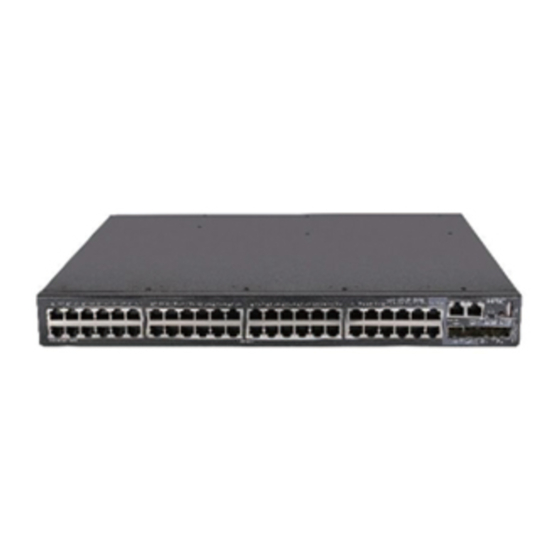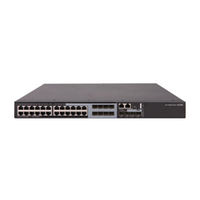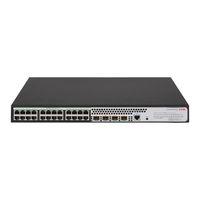
H3C S5130S-HI Series Manuals
Manuals and User Guides for H3C S5130S-HI Series. We have 6 H3C S5130S-HI Series manuals available for free PDF download: Configuration Manual, Installation Manual, Troubleshooting Manual
H3C S5130S-HI Series Configuration Manual (250 pages)
Layer 2-LAN Switching Configuration Guide
Table of Contents
Advertisement
Advertisement
Advertisement





